How To Reduce Night Grain in Mobile Photo: Expert Guide
There’s something magical about recording the world at night, glowing starry skies, and a quiet street in moonlight. The moment can lose its charm when you look back at your photo and see all that annoying grain. This powdery texture sneaks in when your phone struggles with low light, delivering a noisy image instead of clear shot you were aiming for.
It's more like watching a beautiful scene through a foggy window, with all the magic but no clarity. Currently, you can easily remove night grain in mobile photos using dedicated platforms and adjusting exposure settings. For more guidance, read the following article and elevate your mobile night photography with settings to minimize grain. It rounds up the best AI photo-enhancing apps for noise reduction in pictures taken with mobile.
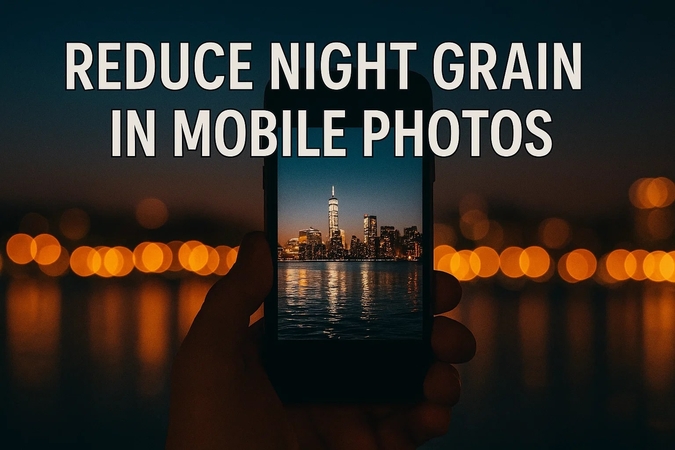
Part 1. What Causes Grain in Your Mobile Night Photos? 5 Reasons
A grainy image doesn’t mean your phone is broken; it's how your phone’s camera reacts when lightning gets tricky. To improve night photo quality on smartphone, you need to first look at the following reasons behind that unwanted grain:

1. Smaller Image Sensors: Mobile phones are compact, which means they use smaller image sensors that capture less light in images, especially at night.
2. Impact of Underexposure: The underexposed areas in the picture lack details, and when your phone tries to brighten, it introduces noise.
3. High ISO Settings: Your phone increases ISO to brighten up dark scenes, but high ISO levels also intensify noise in specific images.
4. Sensor Temperature: During extended use, the phone’s camera sensor often heats up, adding more digital noise in your photos.
5. Phone’s Internal Processing: Several smartphones apply their processing techniques for night photos, but aggressive sharpening or noise reduction can backfire.
Part 2. How to Optimize Mobile Night Photography Settings to Minimize Grain
Despite letting your phone struggle in the dark, why not take control and use its hidden potential? Diving into the following best camera settings for night photography on phone, you can reflect the actual beauty of the scene:
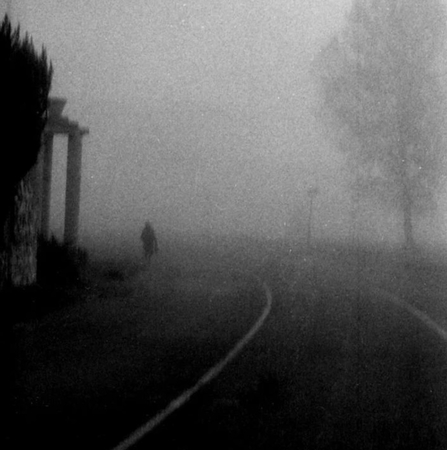
1. Lower ISO Settings: ISO manages your camera's sensitivity to light; the higher it goes, the brighter your photo gets. For night photography, keeping it low can make a massive difference, especially when paired with better lighting.
2. Low Shutter Speed: The low shutter speed allows your camera to gather light and produce a brighter image without boosting ISO. Therefore, a speed of around ¼ or even several seconds can work well for still scenes.
3. Wider Aperture: A wider aperture (represented with f-number like f/1.8 or f/1.6) allows more light to hit the sensor and make shooting easier. Most phones have fixed apertures, but some use high-end models that adjust automatically in low light.
4. Manual Mode: When you switch to manual or pro mode, it gives you complete control over your camera settings, including shutter speed and focus. It's important for night photography, where automatic settings are often overcompensated, leading to overexposed highlights.
5. Use Night Mode: It's a built-in magic that takes multiple frames at different exposures and blends them to reduce grain or reveal hidden details. Without needing to adjust manually, simply hold still while it works for improvement.
6. White Balance: Street lamps or neon signs at night occasionally cause strange color casts, making your photos look too yellow. Thus, the white balance adjustment enables you to correct these tones before hitting the shutter.
Part 3. AI Photo Enhancer Apps for Noise Reduction in Mobile Photography
Even with the appropriate camera settings, some grains will sneak into your mobile night photography. This doesn’t mean all is lost; the list of enhancing apps below works efficiently to make your photos relive:
1. HitPaw FotorPea
The first solution is HitPaw FotorPea, which provides a clean interface with a one-click Denoise Model for noise reduction. This model offers 2 further modes, namely Creative and Realistic Denoise, working respectively for grain removal. The Creative Mode works well for images affected by noise or blur, providing sharpened texture images. On the other hand, the Realistic Mode is made for pictures suffering from extreme noise issues.
To reduce night grain in mobile photos, you can use the Upscale Model, which excels in enlarging and clarifying pictures. After applying models, the preview option lets users analyze their before-and-after results before downloading them. Besides this, it allows one to reset the picture rotation and angle for better viewing. Adjusting the aspect ratio is also possible while enhancing to suit the platform you're using.
Other Key Features
1. Low-Light Model: It's perfect for the photographs that are taken in a low-light environment because it immensely brightens up.
2. Face Model: This model is suitable for improving faces in mobile pictures and repairing blurred ones immediately.
3. Colorize Model: The colorize model is a convenient tool for coloring old mobile photographs or any black-and-white art photographs.
Detailed Tutorial to Remove Night Grain from Pictures
Explore the given stepwise guide to learn how to fix grainy photos on phone using HitPaw FotorPea:
Step 1. Commence the Software and Access Enhance Photos NowTo remove grains, install the HitPaw FotorPea and press the "Enhance Photos Now" button to add your grainy nighttime image.
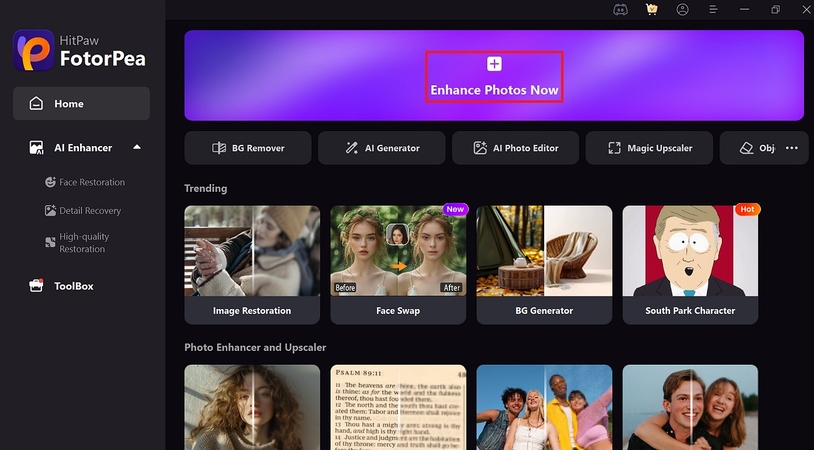
Step 2. Drop Your Grainy Image to Enhance It
Now, click on the “Drag & Drop Files Here” button or simply drop your mobile photograph for enhancement.
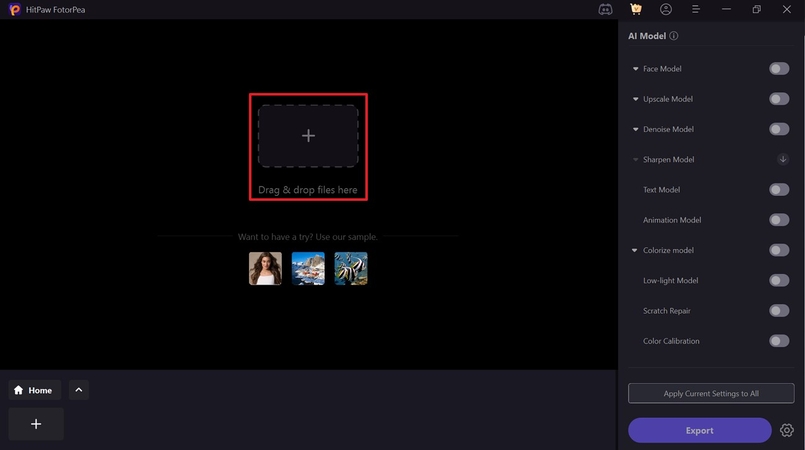
Step 3. Choose the Denoise Models and Review Them Beforehand
Later, toggle the “Denoise Model” from the left toolbar and choose the “Realistic Denoise” option. Once done, head to the “Preview” button and compare your result with the original picture.
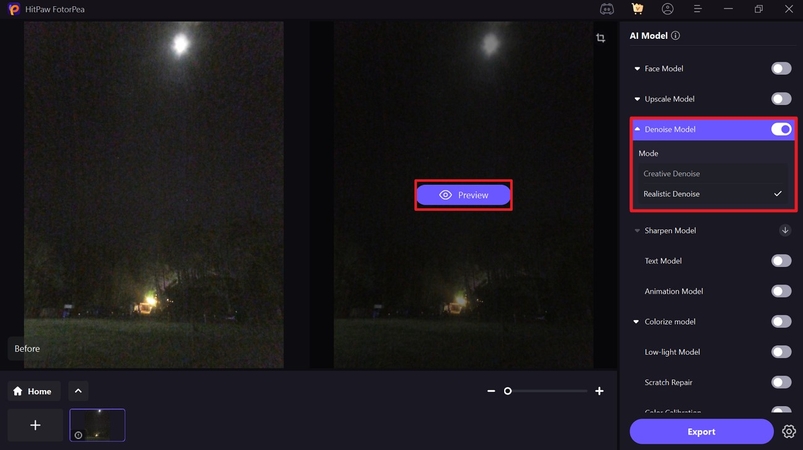
Step 4. Export the Final Result to Your Device
After examining, proceed to the “Export” button and secure the improved version of mobile photography to your device.

2. Pixlr Denoise AI (Android/iOS)
To improvise low-light mobile photography, you can use the Remove Noise tool from the AI tools section of this tool. Besides this, it allows modification of details, including sharpening and clarity, through a slider for precise removal.
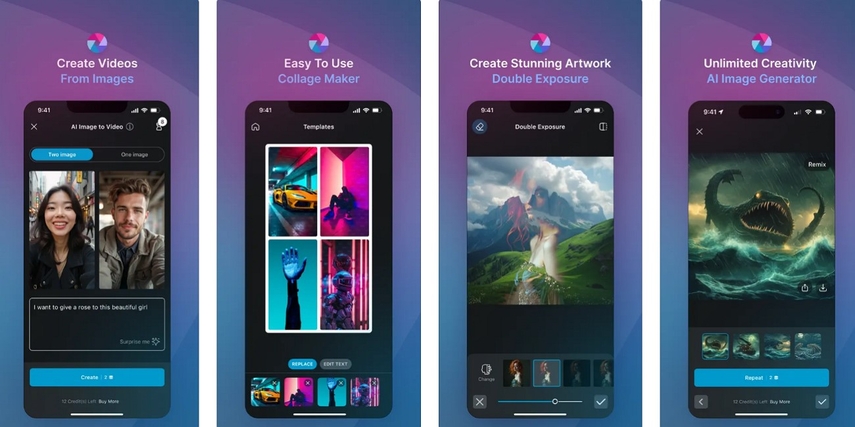
Key Features
1. This platform offers a comparison feature to analyze before and after results.
2. For enhanced outcomes, you can use Scene section for adjusting Dehaze and Vignette.
3. More adjustments include customizing the temperature, hues, and exposure in images.
Limitations- Processing the larger files on this tool might take much longer for grain removal.
- Access to Denoise AI requires a subscription plan or the use of AI credits.
3. Media.io
The removal of noise from mobile night photographs only requires dropping your image into this online program. Without needing complex operations or editing skills, the AI automatically denoises your uploads on the go.
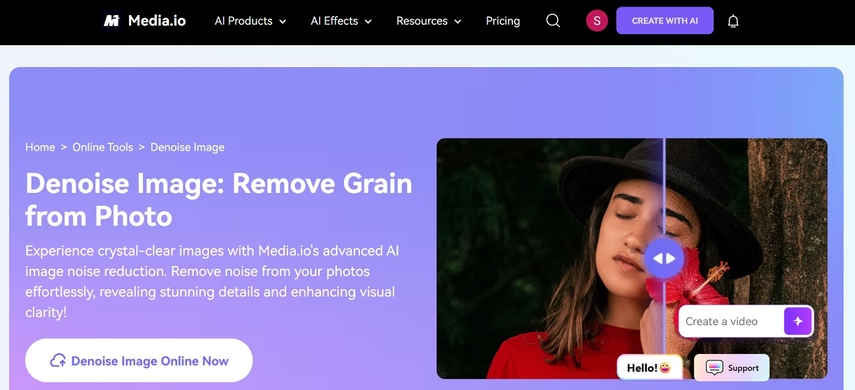
Key Features
1. The image enhancer supports various formats, including WebP and JFIF.
2. Once the noise is removed, you can download the final file directly.
3. It allows editors to delete an uploaded image and replace it with another.
Limitations- The platform does not offer additional adjustment functionalities for precise removal.
- The denoising task is not free and takes up to some credits for the process.
4. Vance AI
For smartphone noise reduction, it provides Denoiser AI, which facilitates users to remove noise and deliver images without artifacts. You can utilize the AI Upscaler to increase the resolution to up to 40x with quality and details preserved.
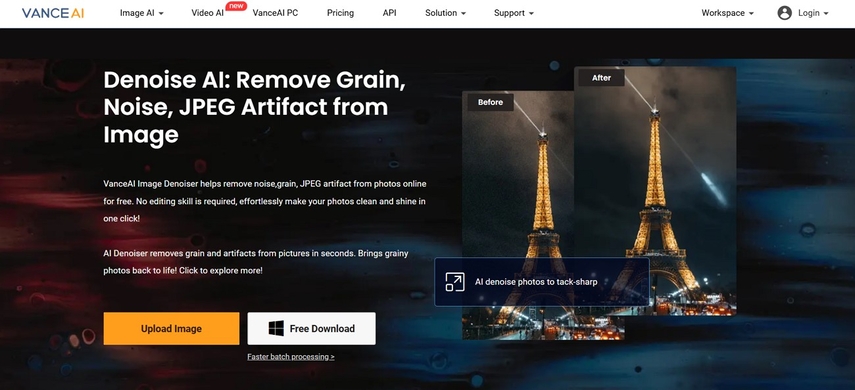
Key Features
1. The AI photo restorer eradicates scratches from old, damaged photos.
2. With its AI image sharpener, you can restore clarity and crispness for outcomes.
3. This app has a Deinterlace AI feature to provide a flawless video without noise.
Limitations- To improve images larger than 10 MB, you need to purchase credits.
- For a watermark-free result, the app provides credits that need to be purchased.
Conclusion
In conclusion to the article, a nighttime photo on your phone can do wonders, only if it's without any grains or additional noise. To reduce night grain in mobile photos, many photographers opt for camera settings that minimize the noise. Still, the results aren’t even close to their expectations, which evokes a need for dedicated app. Thus, HitPaw FotorPea should be the first choice because it offers various AI models to address this.


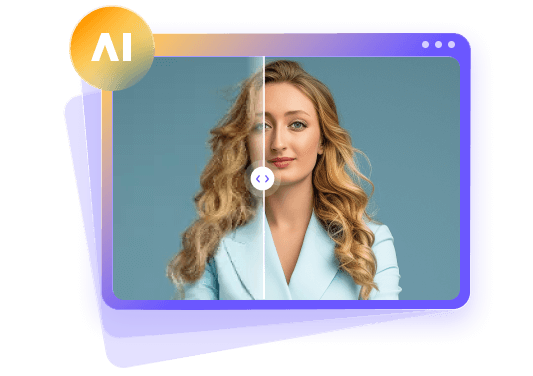





 HitPaw Edimakor
HitPaw Edimakor HitPaw VikPea (Video Enhancer)
HitPaw VikPea (Video Enhancer) HitPaw Univd (Video Converter)
HitPaw Univd (Video Converter) 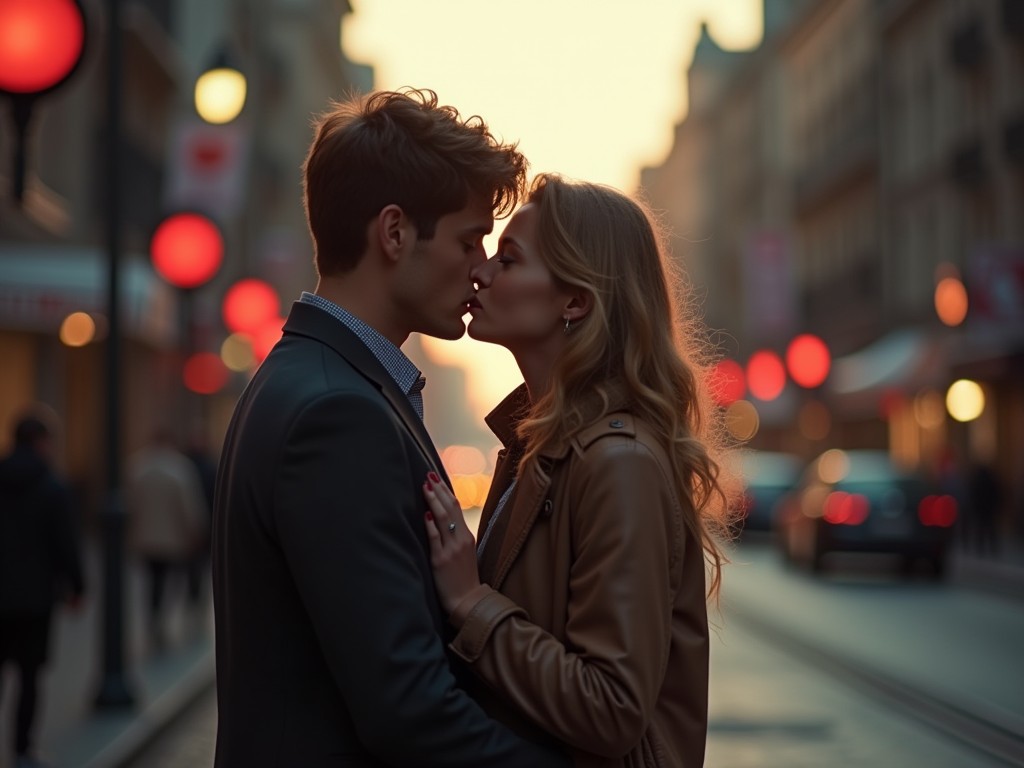
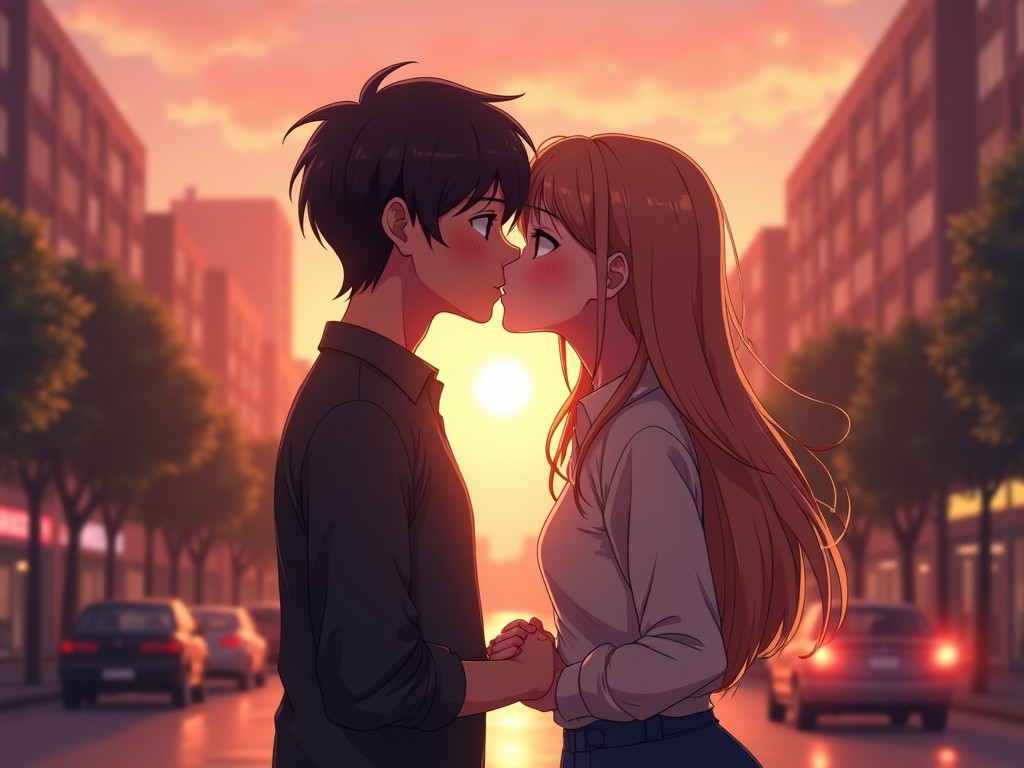
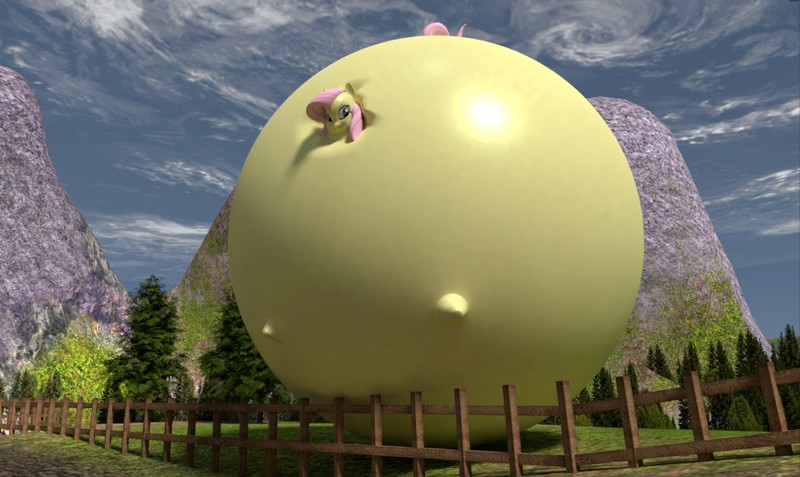

Share this article:
Select the product rating:
Daniel Walker
Editor-in-Chief
This post was written by Editor Daniel Walker whose passion lies in bridging the gap between cutting-edge technology and everyday creativity. The content he created inspires the audience to embrace digital tools confidently.
View all ArticlesLeave a Comment
Create your review for HitPaw articles